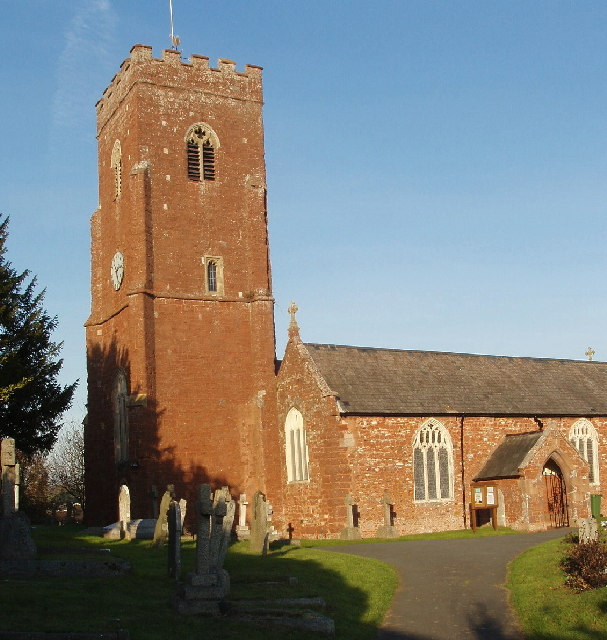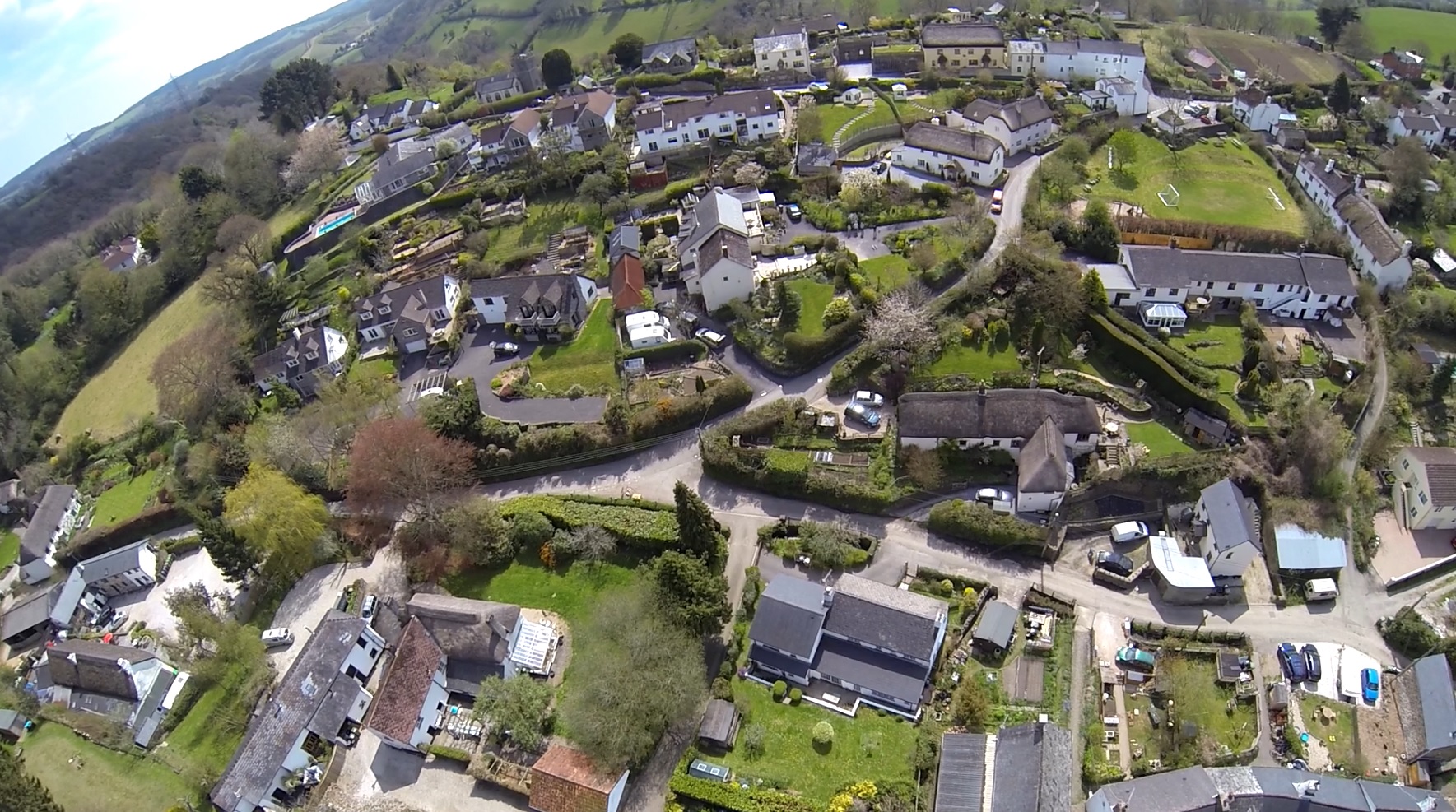|
Exminster Hundred
The hundred of Exminster was the name of one of thirty two ancient administrative units of Devon, England. It was listed in the Domesday survey of 1086 as comprising 20 settlements. The parishes in the hundred were: * Ashcombe * Ashton * Bishopsteignton * Chudleigh * Dawlish * Doddiscombsleigh * Dunchideock * East Teignmouth * Exminster * Ide * Kenn * Kenton * Mamhead * Powderham * Shillingford St George * Trusham Trusham is a small village in the Teign Valley, between Newton Abbot and Exeter, in Devon, England. The name originates from the Celtic ''Trisma'', meaning "brushwood" or "fallen leaves". It became ''Trisme'' for about 400 years, and then in th ... * West Teignmouth. See also * List of hundreds of England and Wales - Devon References Hundreds of Devon {{Devon-geo-stub ... [...More Info...] [...Related Items...] OR: [Wikipedia] [Google] [Baidu] |
Hundred (county Subdivision)
A hundred is an administrative division that is geographically part of a larger region. It was formerly used in England, Wales, some parts of the United States, Denmark, Southern Schleswig, Sweden, Finland, Norway, the Bishopric of Ösel–Wiek, Curonia, the Ukrainian state of the Cossack Hetmanate and in Cumberland County, New South Wales, Cumberland County in the British Colony of New South Wales. It is still used in other places, including in Australia (in South Australia and the Northern Territory). Other terms for the hundred in English and other languages include ''#wapentake, wapentake'', ''herred'' (Danish and Bokmål, Bokmål Norwegian), ''herad'' (Nynorsk, Nynorsk Norwegian), ''hérað'' (Icelandic), ''härad'' or ''hundare'' (Swedish), ''Harde'' (German), ''hiird'' (North Frisian language, North Frisian), ''satakunta'' or ''kihlakunta'' (Finnish), ''kihelkond'' (Estonian), ''kiligunda'' (Livonian), ''cantref'' (Welsh) and ''sotnia'' (Slavic). In Ireland, a similar subdi ... [...More Info...] [...Related Items...] OR: [Wikipedia] [Google] [Baidu] |
Exminster
Exminster is a village situated on the southern edge of the City of Exeter on the western side of the Exeter ship canal and River Exe in the county of Devon, England. It is around south of the centre of Exeter, and has a population of 3,084 (census 2001), increasing to 3,368 at the 2011 census. Exminster is an ancient village associated with a Saxon minster or religious community, founded here in the 8th century. and left by King Alfred the Great to his youngest son Aethelweard in his will of 889. In the 14th century, it was the seat of the Courtenay family, the Earls of Devon. William Courtenay, who was the Archbishop of Canterbury from 1381 to 1396, was born here. ''Exminster'' is a major part of the electoral ward of Kenn Valley. Its population at the above census was 5,906 Exminster Marshes, to the east of the village, are a major site for birds, especially migratory ones including the rare cirl bunting. Landmarks The present parish church of Saint Martin of Tours is a ... [...More Info...] [...Related Items...] OR: [Wikipedia] [Google] [Baidu] |
West Teignmouth
West or Occident is one of the four cardinal directions or points of the compass. It is the opposite direction from east and is the direction in which the Sun sets on the Earth. Etymology The word "west" is a Germanic word passed into some Romance languages (''ouest'' in French, ''oest'' in Catalan, ''ovest'' in Italian, ''oeste'' in Spanish and Portuguese). As in other languages, the word formation stems from the fact that west is the direction of the setting sun in the evening: 'west' derives from the Indo-European root ''*wes'' reduced from ''*wes-pero'' 'evening, night', cognate with Ancient Greek ἕσπερος hesperos 'evening; evening star; western' and Latin vesper 'evening; west'. Examples of the same formation in other languages include Latin occidens 'west' from occidō 'to go down, to set' and Hebrew מַעֲרָב maarav 'west' from עֶרֶב erev 'evening'. Navigation To go west using a compass for navigation (in a place where magnetic north is the same dire ... [...More Info...] [...Related Items...] OR: [Wikipedia] [Google] [Baidu] |
Trusham
Trusham is a small village in the Teign Valley, between Newton Abbot and Exeter, in Devon, England. The name originates from the Celtic ''Trisma'', meaning "brushwood" or "fallen leaves". It became ''Trisme'' for about 400 years, and then in the 16th century ''Tryssame'' or ''Trysham''. A pub, the Cridford Inn, was opened in 1985 by converting part of an old farmhouse and adjoining barn. The Church of St Michael is an ancient stone building in the early English and Perpendicular styles with traces of Norman work. The church was thoroughly restored in 1865, when the stained east window and a smaller one were inserted as memorials to the Rev. William Edward Brendon, who died in 1864. There is also a memorial to John Stooke which mentions a charity he set up for the church and the poor of nearby Bovey Tracey. Trusham was the ancestral home of the Causley family, whose descendants include the poet Charles Causley and the folk singer Jim Causley. Causley's poem "Trusham" is an acco ... [...More Info...] [...Related Items...] OR: [Wikipedia] [Google] [Baidu] |
Shillingford St George
Shillingford St. George is a village on the outskirts of Exeter, East Devon, England. It is about 3 miles south of the City A city is a human settlement of notable size.Goodall, B. (1987) ''The Penguin Dictionary of Human Geography''. London: Penguin.Kuper, A. and Kuper, J., eds (1996) ''The Social Science Encyclopedia''. 2nd edition. London: Routledge. It can be def ... of Exeter. External links Villages in Devon {{Devon-geo-stub ... [...More Info...] [...Related Items...] OR: [Wikipedia] [Google] [Baidu] |
Mamhead
Mamhead is a rural village and civil parish near Dawlish and Kenton in Devon, South West England, in the Teignbridge local authority area. Current community venues includMamhead Village Halland The Church of England parish church, dedicated to St Thomas the Apostle, On high ground on the Haldon Hills, dense woodlands open out into views of the coast and the estuary of the River Exe.Fewins, Clive, And so to the tower, via the medieval treacle mines' in ''The Independent'' dated 19 January 1997, at findarticles.com, accessed 19 July 2008 History The village was part of Exminster hundred. In 1823, Mamhead was bought by Robert William Newman (1776–1848), who completely rebuilt the house on a new site in 1827–1833, to the designs of Anthony Salvin. In 1833, Westley Farm was also rebuilt by Salvin. Newman was Member of Parliament for Exeter from 1818 to 1826 and High Sheriff of Devon in 1827. On 17 March 1836, he became Sir Robert William Newman, 1st Baronet, of Mamhead in t ... [...More Info...] [...Related Items...] OR: [Wikipedia] [Google] [Baidu] |
Kenton, Devon
Kenton is a village and civil parish located near Exeter, the county town of Devon, England. It has two restaurants, a pub, two hairdressers, a primary school, a mediaeval church and is near Powderham Castle. The centre of the village was rebuilt in brick immediately after a fire on 16 April 1856 which destroyed 24 dwellings. The 14th-century All Saints Church is built of red sandstone with arcades of Beer stone. John Betjeman judged it to be "the full-aisled Devon plan at its best", with a "handsome" tower, and praised the rood screen, which retains ancient colour, and the figure-paintings. The pulpit is medieval; the reredos is by Charles Eamer Kempe. Exeter's first woman councillor, Edith Splatt, was born here. The tower clock, installed in 1900, chimes on the hours and the quarters throughout the day and night; in 2021 it was muffled when Teignbridge Council determined that it exceeded legally permitted noise levels. The adjacent almshouses were built in 1875. Twin ... [...More Info...] [...Related Items...] OR: [Wikipedia] [Google] [Baidu] |
Kenn, Devon
Kenn is a village and civil parish situated in Devon, England, approximately 5 miles to the south of Exeter. It lies in the district of Teignbridge, and at the 2001 census had a population of 968. It has a pub and a Parish Church, built of Heavitree Heavitree is a historic village and parish situated formerly outside the walls of the City of Exeter in Devon, England, and is today an eastern district of that city. It was formerly the first significant village outside the city on the road to ... stone. References External links Villages in Devon {{Devon-geo-stub ... [...More Info...] [...Related Items...] OR: [Wikipedia] [Google] [Baidu] |
Ide, Devon
Ide is a village in Devon, England, just under southwest of Exeter. The village church is dedicated to the German Saint Ida of Herzfeld and was rebuilt in 1834. The majority of the village is separated from suburban Exeter by the A30 dual carriageway. Whilst it was controversial at the time of construction, the bypass has effectively enabled Ide to maintain an independent identity. The parish boundaries extend a short distance over the A30 and several notable buildings within the parish, including Ide House and the Twisted Oak pub, are located on the Exeter side. The village has two pubs: the Poacher's Inn and the Huntsman Inn. To the northwest of the village at College Lane, a ford crosses the Fordland Brook. Above Ide on a hilltop at SX8888 is the site of a Roman Roman or Romans most often refers to: *Rome, the capital city of Italy *Ancient Rome, Roman civilization from 8th century BC to 5th century AD *Roman people, the people of ancient Rome *'' Epistle to the Roma ... [...More Info...] [...Related Items...] OR: [Wikipedia] [Google] [Baidu] |
East Teignmouth
East or Orient is one of the four cardinal directions or points of the compass. It is the opposite direction from west and is the direction from which the Sun rises on the Earth. Etymology As in other languages, the word is formed from the fact that east is the direction where the Sun rises: ''east'' comes from Middle English ''est'', from Old English ''ēast'', which itself comes from the Proto-Germanic *''aus-to-'' or *''austra-'' "east, toward the sunrise", from Proto-Indo-European *aus- "to shine," or "dawn", cognate with Old High German ''*ōstar'' "to the east", Latin ''aurora'' 'dawn', and Greek ''ēōs'' 'dawn, east'. Examples of the same formation in other languages include Latin oriens 'east, sunrise' from orior 'to rise, to originate', Greek ανατολή anatolé 'east' from ἀνατέλλω 'to rise' and Hebrew מִזְרָח mizraḥ 'east' from זָרַח zaraḥ 'to rise, to shine'. ''Ēostre'', a Germanic goddess of dawn, might have been a personification ... [...More Info...] [...Related Items...] OR: [Wikipedia] [Google] [Baidu] |
Devon
Devon ( , historically known as Devonshire , ) is a ceremonial and non-metropolitan county in South West England. The most populous settlement in Devon is the city of Plymouth, followed by Devon's county town, the city of Exeter. Devon is a coastal county with cliffs and sandy beaches. Home to the largest open space in southern England, Dartmoor (), the county is predominately rural and has a relatively low population density for an English county. The county is bordered by Somerset to the north east, Dorset to the east, and Cornwall to the west. The county is split into the non-metropolitan districts of East Devon, Mid Devon, North Devon, South Hams, Teignbridge, Torridge, West Devon, Exeter, and the unitary authority areas of Plymouth, and Torbay. Combined as a ceremonial county, Devon's area is and its population is about 1.2 million. Devon derives its name from Dumnonia (the shift from ''m'' to ''v'' is a typical Celtic consonant shift). During the Briti ... [...More Info...] [...Related Items...] OR: [Wikipedia] [Google] [Baidu] |
.jpg)



